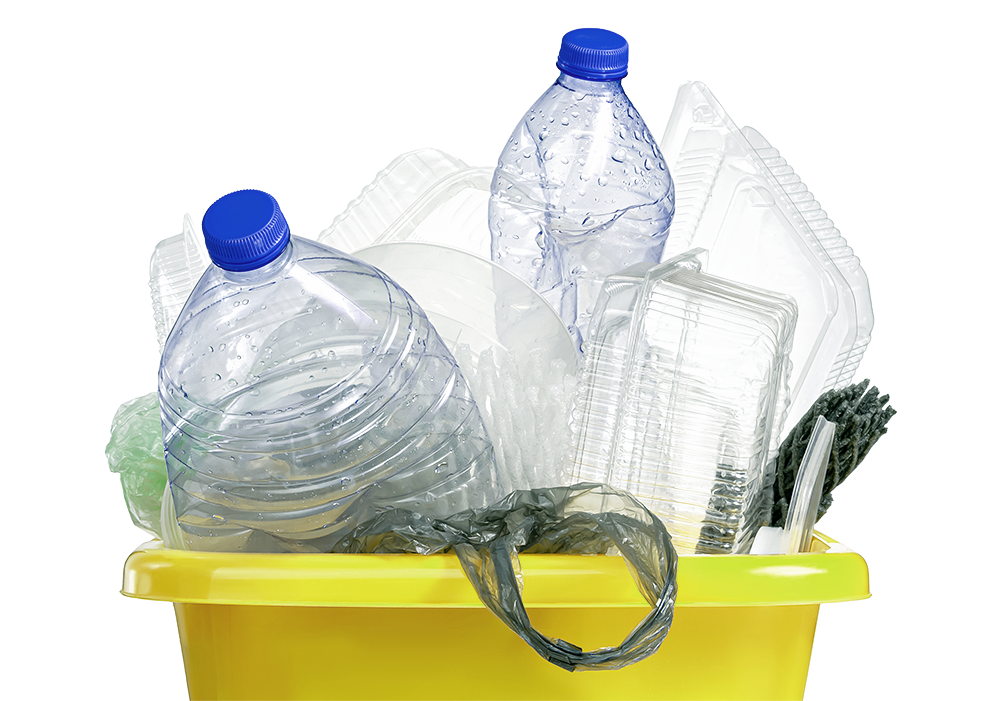Microplastics are everywhere: on, in and under the ground
More and more plastic particles are entering our soil. Unless this stops, human, animal and plant health will be harmed. To establish a clearer picture of the effects of microplastics in soil, Deltares and the Ministry of Infrastructure and Water Management are organising an international conference on 13 and 14 March 2024.
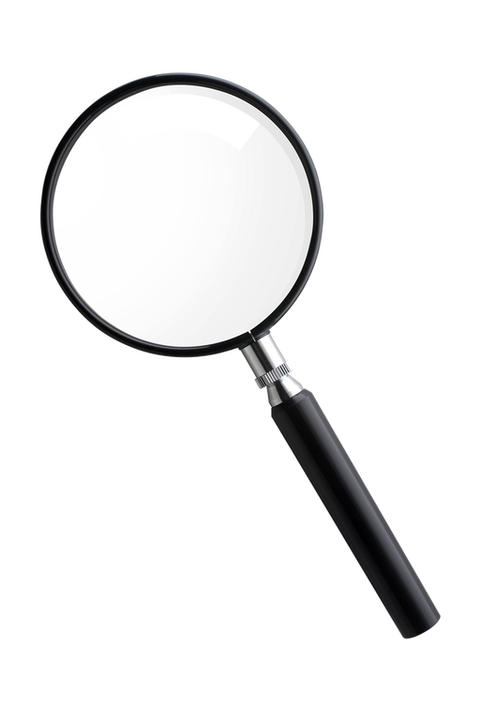
The preparations for the conference are now in full swing. Between 150 and 200 participants will come to Utrecht from countries such as Belgium, Germany, the United Kingdom, Hungary and Lithuania, and even Canada and Malaysia. Dozens of experts will talk about the results of their latest research on plastics in soil, and the speakers will also include a representative of the European Commission. The purpose of this conference is to put this topic on the map, to bring scientists and policymakers together, and to encourage and coordinate research into plastics in soil. However, the aim is also to examine the experimental and analytical challenges in this type of research.
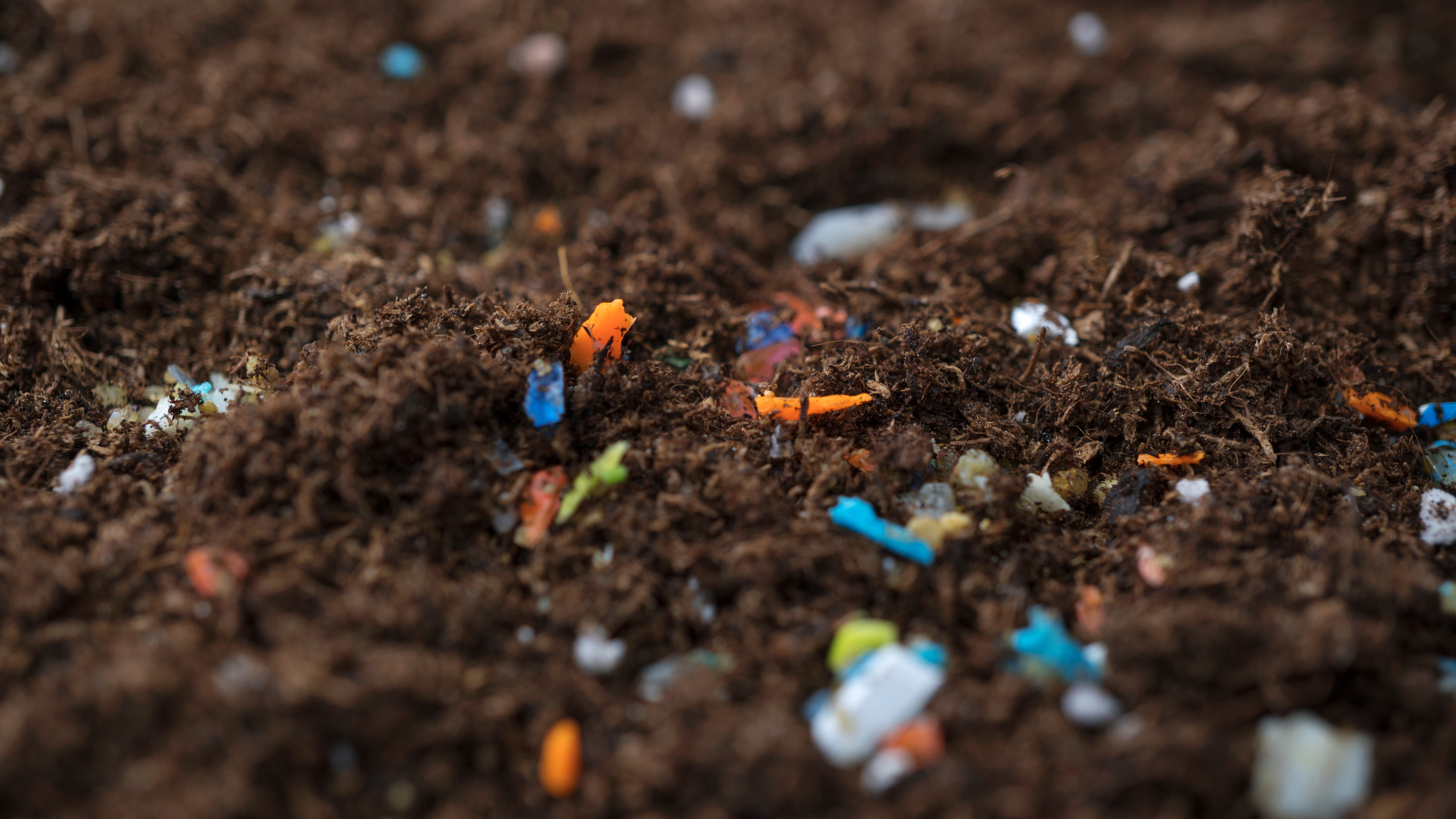
Meldt je aan voor de conferentie
Internationale Conferentie
(Micro-nano) Plastics in Soil 2024
Date
–
Location
Leeuwenbergh, Utrecht, The Netherlands
Costs
Free of charge
Sign up


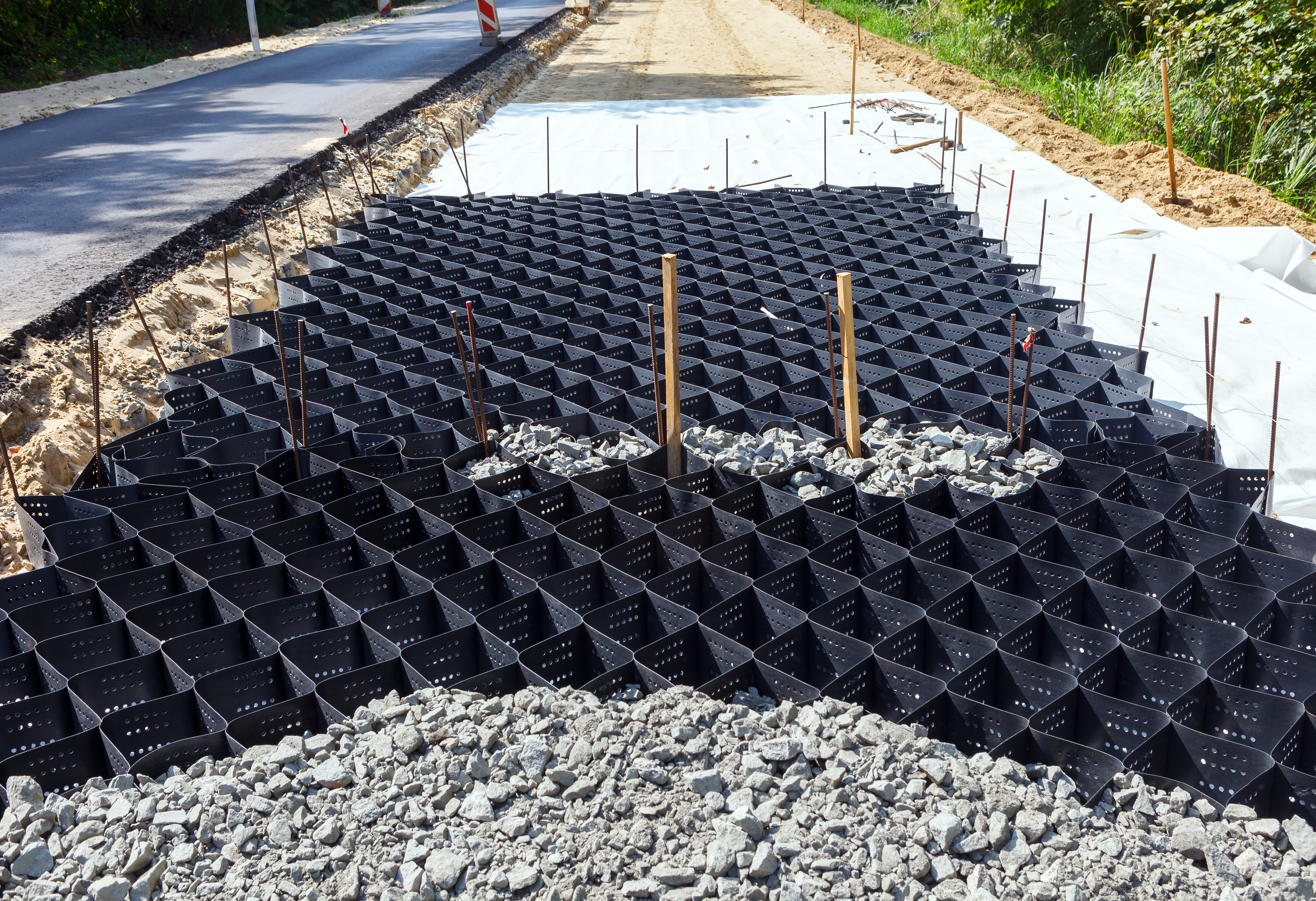

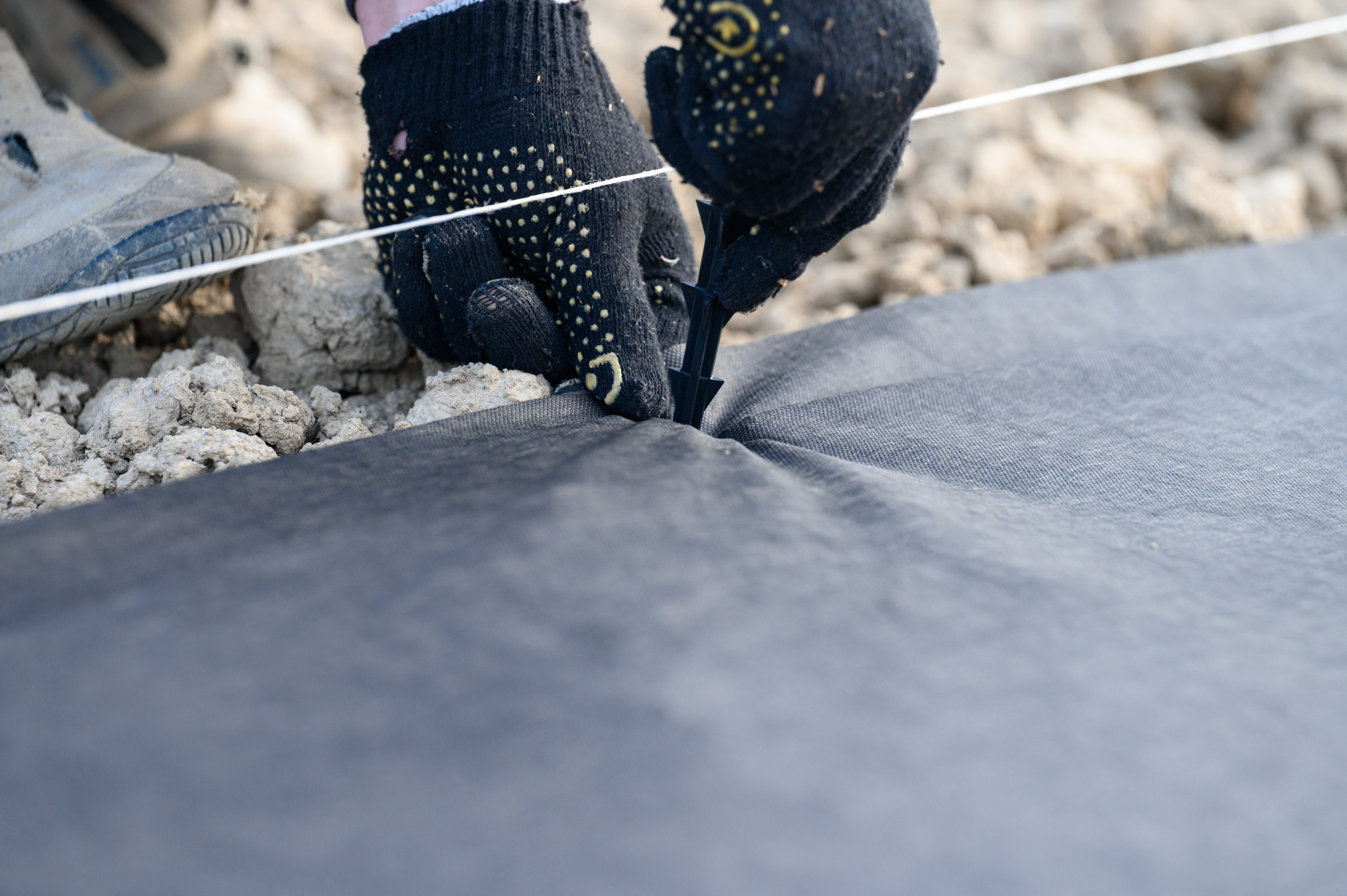

Toxic substances
The danger of plastic ending up in our seas as plastic soup has already received a lot of attention in recent years. But the presence and effects of plastic in soil are still relatively unknown, even though this is a growing problem. ‘Plastics in soil work differently from plastics in water. In the soil, they accumulate and stay in the same places. They break down slowly, release toxic substances into the surroundings and therefore have the potential to harm humans, plants and animals,’ says Lisette Peters, a policy officer for the Ministry of Infrastructure and Water Management. ‘The composition of the plastics is complex. They are not just polymers; they also contain, in particular, large numbers of additives such as stabilisers and colourants. That makes it more difficult to study the effects,’ adds Petra Krystek, a chemical and environmental pollution expert at Deltares.
More and more of the Netherlands rests on plastic, which stays in place for a long time.
Moreover, the amounts of plastics in the soil are continuing to increase. Pieces of PVC pipe and other construction waste have been used to build footpaths. Many private gardens use root cloth to combat weeds. But geo-plastic has also been used in dikes and under railways to make them stronger. Krystek: ‘More and more of the Netherlands rests on plastic, which stays in place for a long time. But what happens to the plastic particles, how do they break down and which substances damage the environment? We know far too little about this.’
What are microplastics?
Plastic can break down over time into smaller and smaller pieces under the influence of mechanical or chemical processes, or light. We refer to the smallest plastic particles as microplastics; nanoplastics can be seen only with advanced microscopes. Ingesting small amounts of microplastics should not be immediately harmful but it may affect health in the long term. Plastics also contain substances, such as plasticisers and stabilisers, that can disrupt hormones.
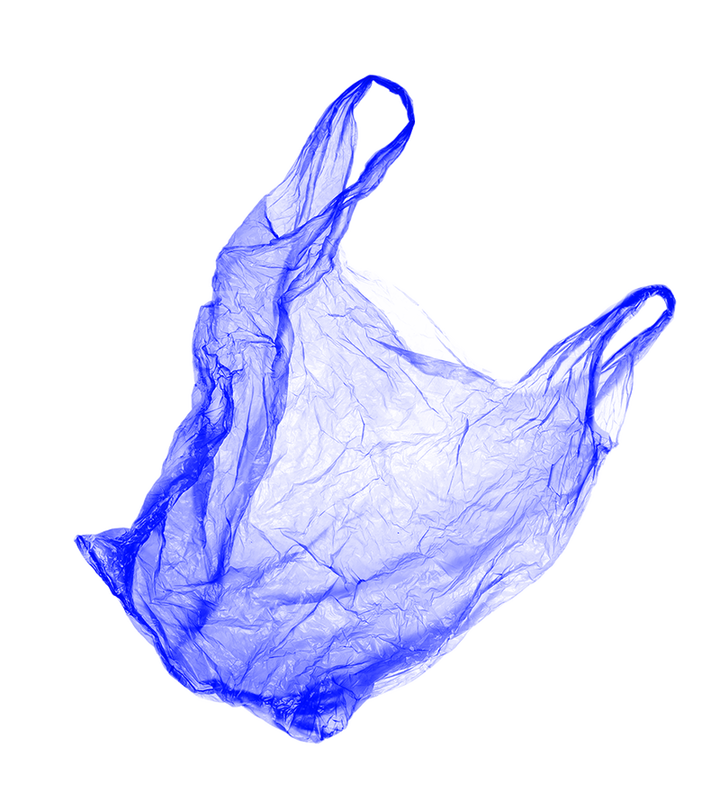
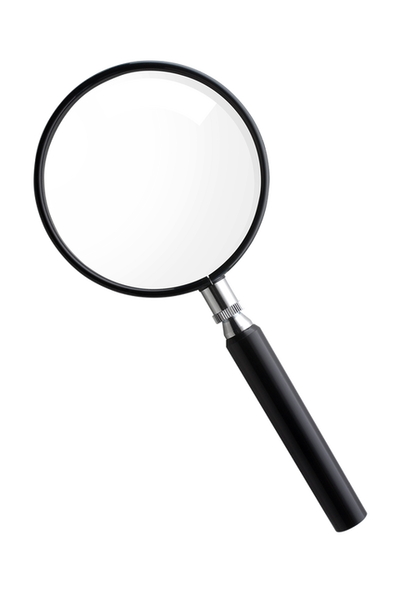
Policy measures
Although more and more is known about microplastics in the soil, the risks are still unknown. ‘We are building up an increasingly clear picture about the numbers and quantities of plastics but it is difficult to make any pronouncements about the effects they have,’ says Peters. And we do need that certainty. As long as researchers are unable to make reliable analyses of the health effects of microplastics in soil, the Ministry cannot take action. ‘If you want to introduce policies for farmers or earthmoving companies to reduce levels of plastics in the soil, you need to know exactly what is happening in that soil.’ Krystek adds: ‘There has been some limited scientific research looking at microplastics in soil, but it is still fragmented and we cannot yet draw any conclusions.’
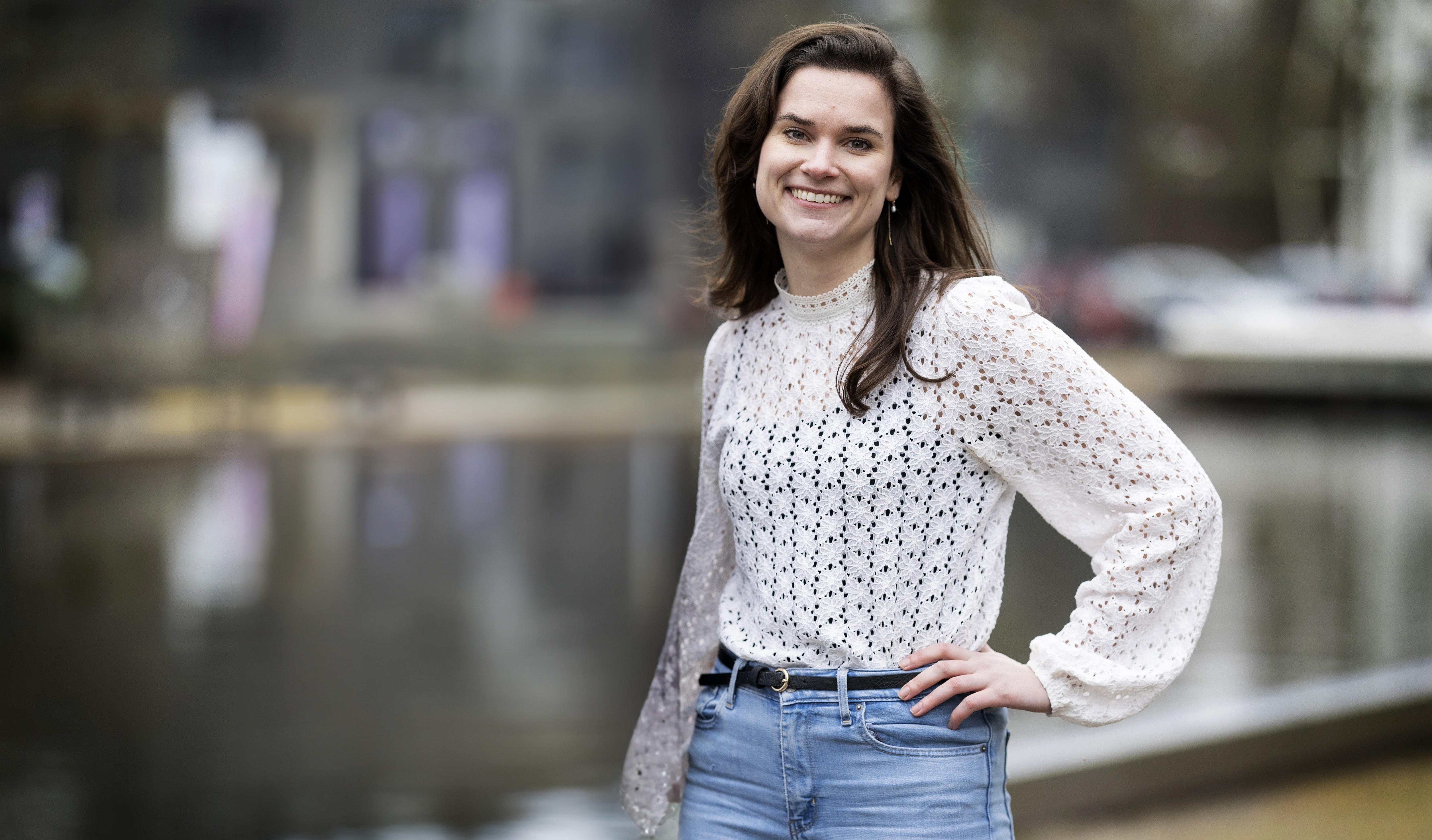
Lisette Peters
Policy Officer Dutch Ministry of Infrastructure and Water Management
Lisette Peters
Lisette Peters is a policy officer at the Dutch Ministry of Infrastructure and Water Management. She works for the Water and Soil Directorate General, focusing primarily on harmful substances such as PFAS and also microplastics in our soil. She previously worked at Rijkswaterstaat (the Dutch Directorate General for Public Works and Water) after studying Earth Sciences at Utrecht University.
Reliable techniques
The National Institute for Public Health and the Environment (RIVM) has therefore developed a plan to bring together all the knowledge on this topic. Reliable techniques are needed for analysing microplastics in soil. Clarity is also needed about the contribution made by the main sources of microplastics to the spread of these substances in the soil. Peters: ‘We have launched a study at the Ministry to identify those sources. The RIVM is also going to initiate a monitoring campaign in which they will investigate Dutch soil to see which unknown substances are located there. We are going to see whether we can include microplastics in that campaign. We are tackling this issue in a wide-ranging way at the Ministry. Other colleagues are talking to manufacturers about using fewer plastics in applications for their products. Because ideally, our aim is to stop plastics getting into the soil.’
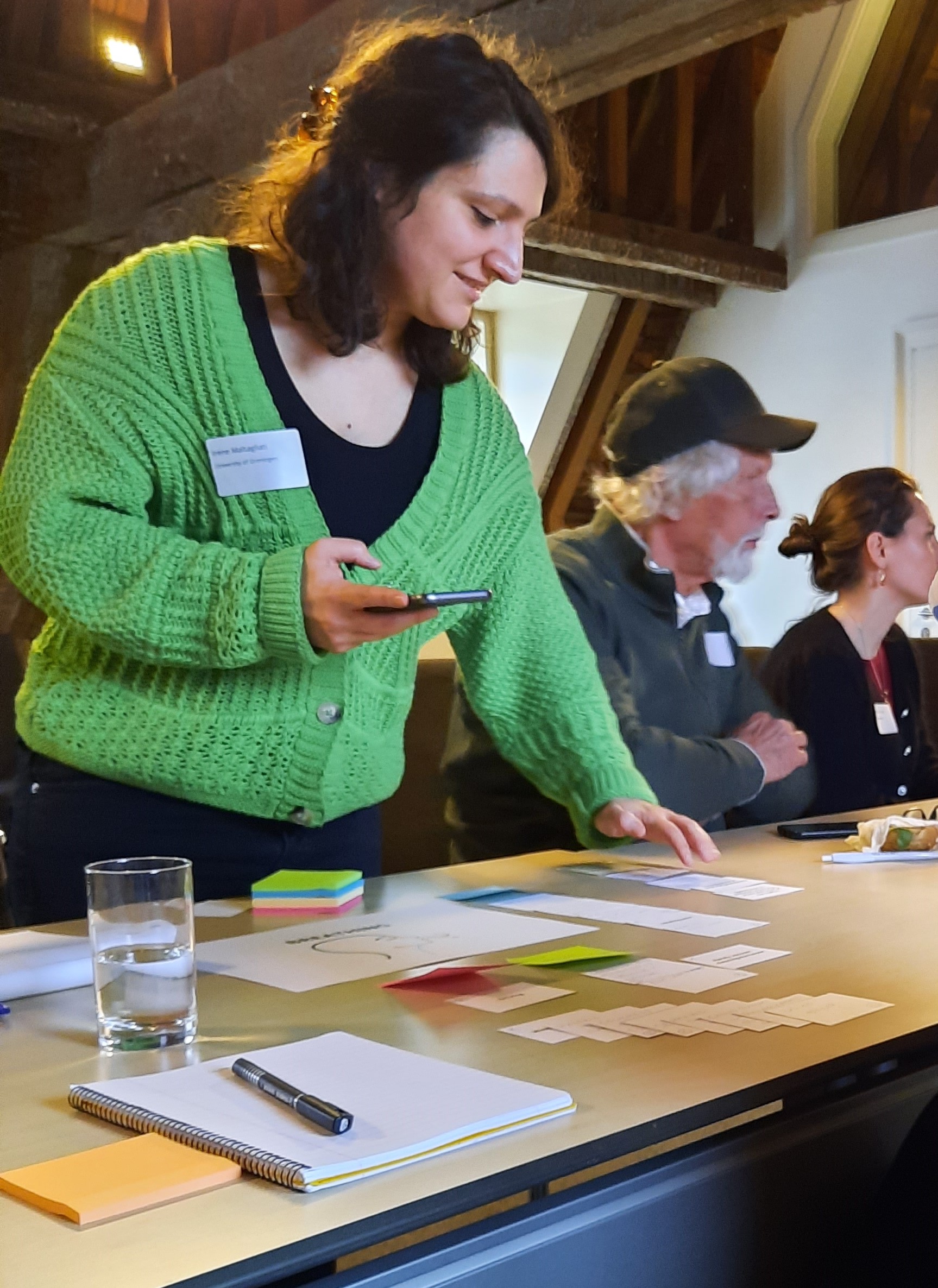
Looking for Solutions
Deltares is delving further into this topic and we are a partner in the MOMENTUM project, a consortium of 25 participants that is devising solutions to reduce the health impact of microplastics. ‘Deltares is also the lead partner working on the creation of a roadmap showing how to reduce or even minimise plastics at specific stages of the process by using alternative materials,’ says Krystek. And as the co-organiser of the conference, Deltares hopes to strengthen the understanding and discussion of microplastics in soil. ‘It is great that we are bringing together different disciplines from so many countries. When everyone was worried about the plastic soup in the sea, someone said to me that this was a much bigger problem in the soil. Back then I did wonder how that could be possible. But now I know that a wide-ranging approach is needed. Microplastics are everywhere: on, in and under the ground. They come from the water in the ground and they are absorbed by the plants in the fields that we eat later. We will be moving the discussion forward at this conference.’

